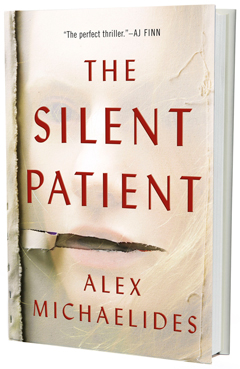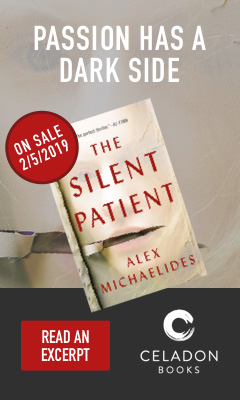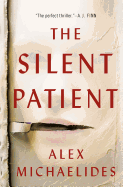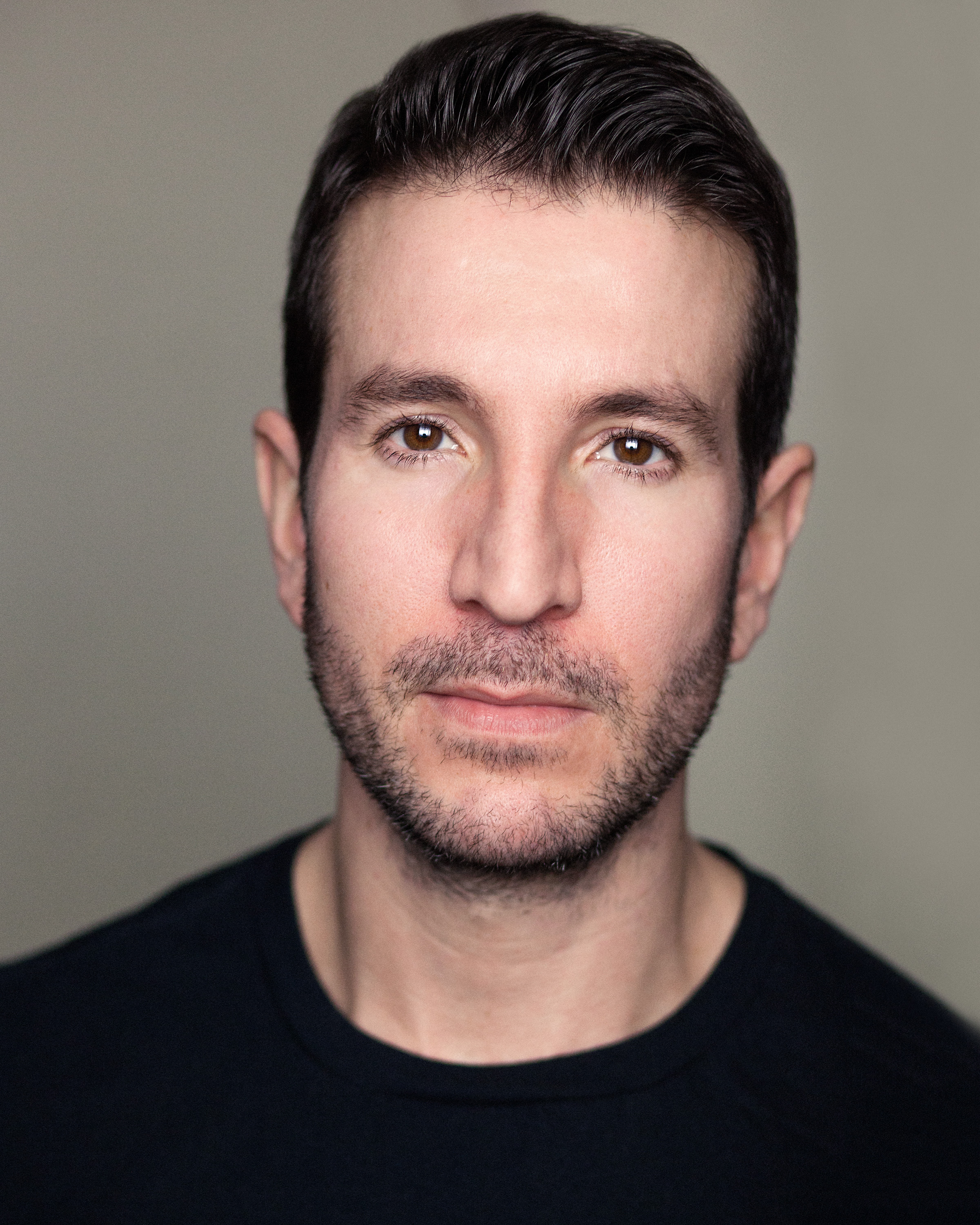The Silent Patient
by Alex Michaelides
Alex Michaelides's The Silent Patient lures readers in with a tantalizing premise: a woman has murdered her husband in cold blood, and then refuses to say why. The intricately plotted story, inspired by Greek mythology, is akin to a siren song, enticing, but with an ominous undertone and hints of deception.
But first, the facts:
"Alicia Berenson was thirty-three years old when she killed her husband. They had been married for seven years. They were both artists--Alicia was a painter, and Gabriel was a well-known fashion photographer."
Shortly before midnight one evening six years earlier, police arrived at the Berensons' home to find Alicia blood-splattered, with a gun on the floor and Gabriel tied to a chair. And most of his face missing, from multiple bullet wounds. Alicia's fingerprints were the only ones on the gun. Alicia had deep knife cuts on her wrists and had lost a significant amount of blood, but she survived and hasn’t spoken a word since the night of the murder.
Now forensic psychotherapist Theo Faber wants to change that. He lands a position at the Grove, the secure psychiatric facility in North London where Alicia was admitted after her murder trial, and volunteers to treat her. He believes he can break through to her and get her to speak--and that clues to unlocking her secrets lie within her self-portrait, a painting titled Alcestis.
In the painting, Alicia depicts herself "in the days after the murder, standing before an easel and a canvas, holding a paintbrush. She is naked.... [B]lue veins visible beneath translucent skin, fresh scars on both her wrists.... [The paintbrush]'s dripping red paint--or is it blood?"
Theo knows there's a reason Alicia named her painting after the Greek myth about a woman who offers to die in place of her husband, but how does it pertain to Alicia's situation, when she's alive and her husband is the one who died? Why did she kill Gabriel when, according to her old diary entries that appear throughout the novel, he was the love of her life?
Against his colleagues' advice, Theo pushes to reduce the dosage of Alicia's medication to increase her lucidity. He gives her painting materials, thinking perhaps she can communicate through art, if not words. The results are not what he expects.
Michaelides's knowledge of Greek mythology and past experience working in a psychiatric unit allow him to write with confidence, in his debut novel, about the story of Alcestis and the delicate nature of treating patients. The doctors, the staff, the other patients in the facility--they all have a ring of truth, just flawed and wary and unpredictable enough to seem like real inhabitants of such an environment. There are nuggets of psychological insight throughout, such as Theo's theory on the memories of babies: "[B]abyhood is not a time of bliss; it's one of terror. As babies we are trapped in a strange, alien world, unable to see properly, constantly surprised at our bodies, alarmed by hunger and wind and bowel movements, overwhelmed by our feelings. We are quite literally under attack." It's a wonder everyone doesn't end up in psychiatric care.
Alicia is decidedly a cipher and yet alluring. She has Theo's full attention, and ours. During the therapy sessions, Michaelides puts readers right there in the room, on the edge of their seats and leaning in, waiting to see whether or not this beautiful enigma reveals all. But Alicia is mercurial and rebellious, even in silence. She can express rage and scorn via her eyes, fingers, her whole body. She speaks volumes without saying anything.
Michaelides keeps the plot humming along, with impactful sentences and short chapters that straitjacket readers into flipping those pages. Even as Alicia's case becomes more perplexing, it's always clear Michaelides knows exactly what he's doing as he leads us toward revelations that will be worth the wait. No surprise, then, that new Macmillan imprint Celadon chose this thriller to be its launch title, and movie rights have been sold. The Silent Patient isn't quiet at all. It loudly announces that Alex Michaelides is a new talent in the field of psychological thrillers. --Elyse Dinh-McCrillis








